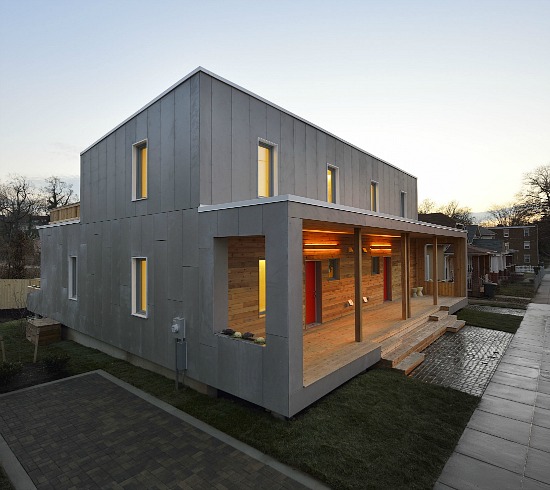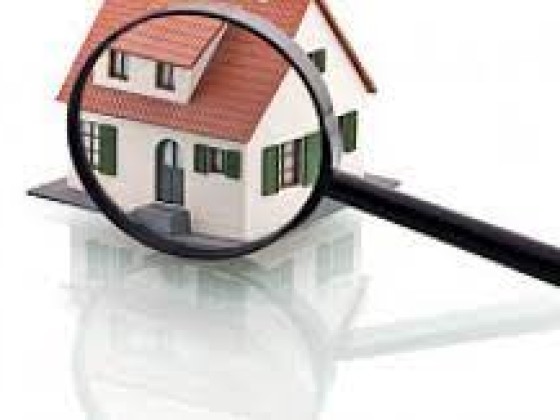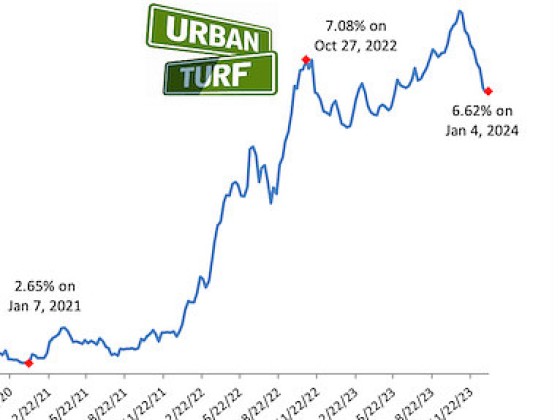What's Hot: 702,000: DC Sees Population Rise Again In 2024
 Best Green Trend of the Year: Passive Houses Multiply
Best Green Trend of the Year: Passive Houses Multiply
✉️ Want to forward this article? Click here.

Empowerhouse
UrbanTurf usually stays away from publishing rankings or lists…except at the end of the year when we look back at the best that DC’s residential real estate scene had to offer during the previous 12 months. So, this week, we are looking at not only the best, but the most intriguing and peculiar things that came across our radar over the course of the past year.
In recent years, homeowners and homebuilders alike have become more and more interested in green, efficient design that will bring down energy costs and reduce a property’s carbon footprint.
Installing low-e windows and heaps of insulation and sealing drafty holes are individually effective, but the Passive House, born in Germany at the Passivhaus Institut, incorporates all of these practices. Fairly popular in Europe, the extremely efficient design philosophy has just recently been trickling into the U.S. and the DC area.
Though the region’s first Passive House made headlines last year, 2012 will be remembered as the year that extremely efficient homes really started seeming like a plausible option.
After the Empowerhouse, UrbanTurf heard of a Passive House going up in Bethesda. A few months later, another went on the market in Arlington. When Falls Church got one in November, we realized this was not a passing trend.

Arlington’s first passive house.
So how do Passive Houses work? Designers typically use off-the-shelf products to keep the homes as well-insulated and draft-free as possible, with insulation often a foot thick and a home design with far fewer holes than “normal” houses. The air-tight buildings are warmed by the sun (most plan for south-facing windows) during the winter, and use expandable awnings to cut down on sunlight in the summertime, cutting heating and cooling costs by up to 90 percent. While the homes still require energy for appliances, the drastically reduced HVAC costs make them quite affordable. In fact, many of DC’s passive houses are being built with help from DC Habitat for Humanity, specifically for lower income families.
Earlier this month, Empowerhouse — the DC Passive House that started it all — was completed and it was announced that the first residents will start calling it home in January. Six more Passive Houses are planned for Ivy City, the small neighborhood between Trinidad and Brentwood.
If this trend continues to move forward at the acceleration rate set this year, by the end of 2013 we may have several dozen such homes in the works. For the benefit of the environment, let’s hope it does.
See other articles related to: best of 2012, green real estate, green real estate dc, passive houses
This article originally published at http://dc.urbanturf.production.logicbrush.com/articles/blog/best_green_trend_of_the_year_passive_houses_multiply/6411.
Most Popular... This Week • Last 30 Days • Ever

If the home ultimately sells for around that list price, it would set a record as the... read »

When purchasing a home, it's crucial to conduct a thorough inspection to determine th... read »

The federal government could be shut down by the end of today, and that shutdown coul... read »

The 16,250 square-foot home along Foxhall Road NW owned by Fox News anchor Bret Baier... read »

The multi-faceted project will include restaurant, bar, fitness and event spaces.... read »
DC Real Estate Guides
Short guides to navigating the DC-area real estate market
We've collected all our helpful guides for buying, selling and renting in and around Washington, DC in one place. Start browsing below!
First-Timer Primers
Intro guides for first-time home buyers
Unique Spaces
Awesome and unusual real estate from across the DC Metro












